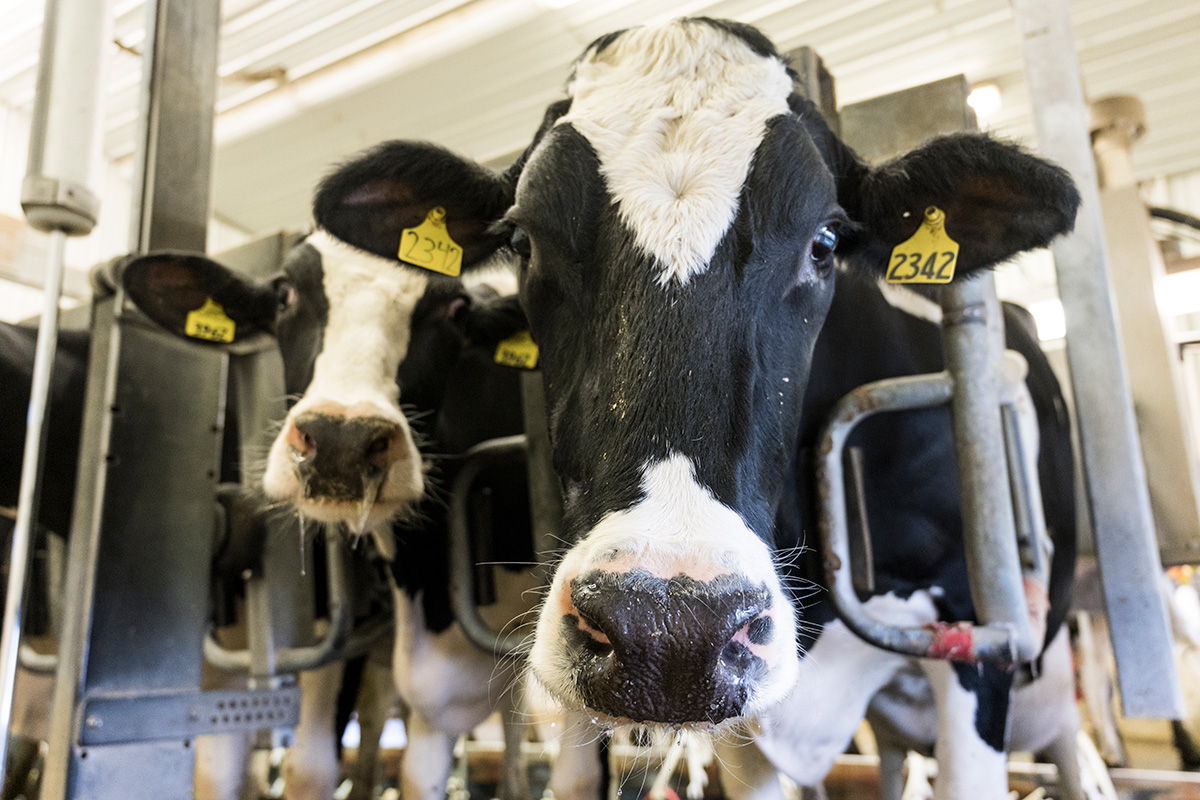
The UW experiments were crucial in demonstrating that pasteurized dairy products are safe, while raw milk and products made from it pose an H5N1 infection risk in people. Bryce Richter
When H5N1 avian influenza made an unprecedented jump into dairy cattle in early 2024, the development prompted concern on multiple fronts. How would herds with infections fare? Would dairy workers be at risk? Could the virus potentially infect consumers through milk and other dairy products?
A team of virologists at the UW School of Veterinary Medicine immediately got to work to answer some of these questions with important public health and food-safety implications. The researchers demonstrated that raw milk containing H5N1 poses an infection risk to mammals.
However, the group, led by Yoshihiro Kawaoka, professor of pathobiological sciences, also found that heat treatment methods are highly effective at inactivating the virus. The experiments were crucial in demonstrating that pasteurized dairy products are safe, while raw milk and products made from it pose an H5N1 infection risk in people.
The federally supported research is continuing as H5N1 remains a risk to farms and public health. It has provided public health officials, farmers, and consumers with actionable insights so they can make informed decisions about how to run their operations and what to eat.
Published in the Winter 2025 issue



Comments
No comments posted yet.